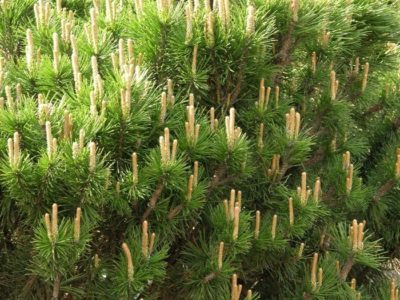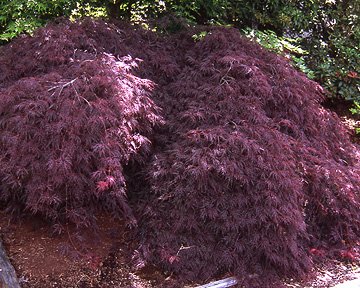Garden Journal for Spring 2017
By Michael Alliger
The garden in spring is a growing thing; never more apparent than following a rainy winter such as we’ve experienced here in West Sonoma County.
Pruning
Pruning is the subject at hand. The question is often asked whether winter is the best season for pruning. It is one of them but a spring such as this should put paid to the question. From maples and pines to hedges and ground covers, the garden’s plants are burgeoning: encroaching on paths, nudging neighbors, blurring definitions, feeling themselves in such abundance that nature’s drive is palpable. It’s a celebration in the garden! An explosion of flowers and tender new foliage. Yet at the same time a garden without defined space soon reverts to the wildness of nature. So not only are we weeding at full tilt, but the ebullience of spring alerts us to the need for pruning. With its absence of leaves winter asks for pruning, but with its leafy eruption spring demands it.
Pine Trees

Mugo Pine
One of the most interesting forms of new growth occurs on pine trees. The Japanese Black Pine, the rounded Mugo Pine and our native Shore Pine all have very prominent spring shoots standing straight up like fingers or “candles” as they are referred to by garden pruners. From the thousand-year old tradition of Japanese gardens to today scores of techniques have developed for embracing the pine tree’s growth habit in the interest of control and style. Control and style are the watchwords of Aesthetic Pruning.
Here at Osmosis, an Asian-inspired garden, our approach to these enthusiastic candles is to remove them entirely banking on their replacement shoots over the summer months for health and style.
Indeed, the single candle removed will be replaced by a multiplicity of shorter shoots more conducive to the size and shape of the garden’s requirements.
Maple Trees

Mounding maple
Maples are another genus of trees prominent in Asian gardens and we have several varieties here at Osmosis. Even with winter pruning these trees need a spring thinning. There are generally two flushes of growth: one in early spring (April-May) and another in late summer (July-August). Spring growth on maples is usually fine textured and thick while summer growth can be more coarse and rangy.
Two broad categories of maples are upright and mounding (umbrella-style). Upright maples are reduced and opened at the top to control size as well as let light and air into lower and inner branches. The middle of the tree is thinned to reveal graceful structure and to enhance the interplay of light and shadow. Lower branches are pruned for horizontal effect, creating layers or planes. Mounding maples are usually of the dissectum type with finely cut leaves. Their weeping habit allows for increase in size (especially height) much more gradually than upright trees. This makes control less important while thinning is emphasized to show structure. The beautifully arching branches can be obscured as they lay on top of each other sometimes creating a dense mound. Pruning is approached in two ways: the outer branches may be gently lifted and cut back to reveal those beneath while the inner branches are thinned (surprisingly enough!) by working beneath and inside the tree where possible.
The focus here has been on two focal point trees as they are, being the most noticeable, the first to be pruned. As the season progresses and time allows, the background and other supporting plants are groomed. So now, take heart, and answer the call of spring’s beckoning!



